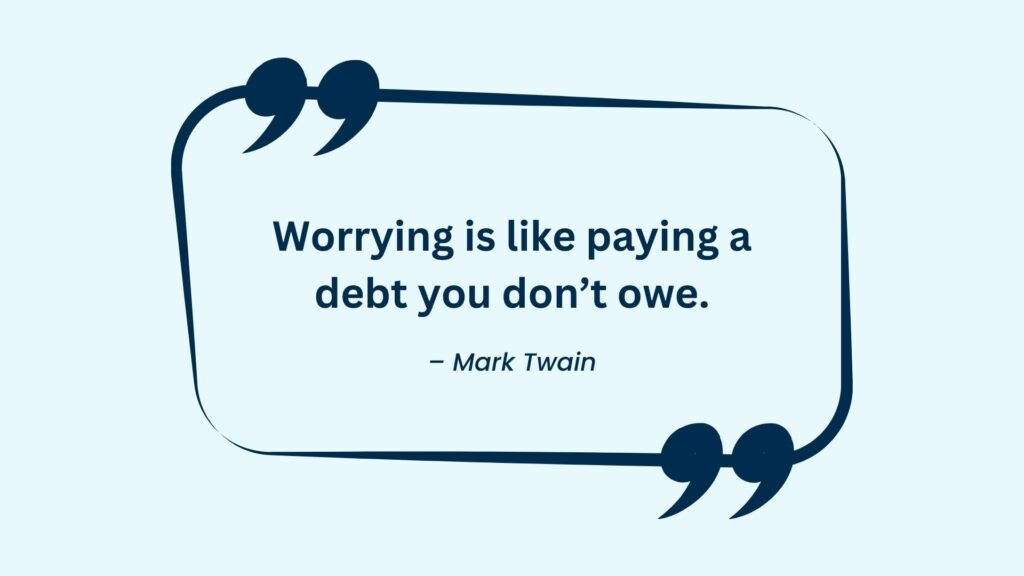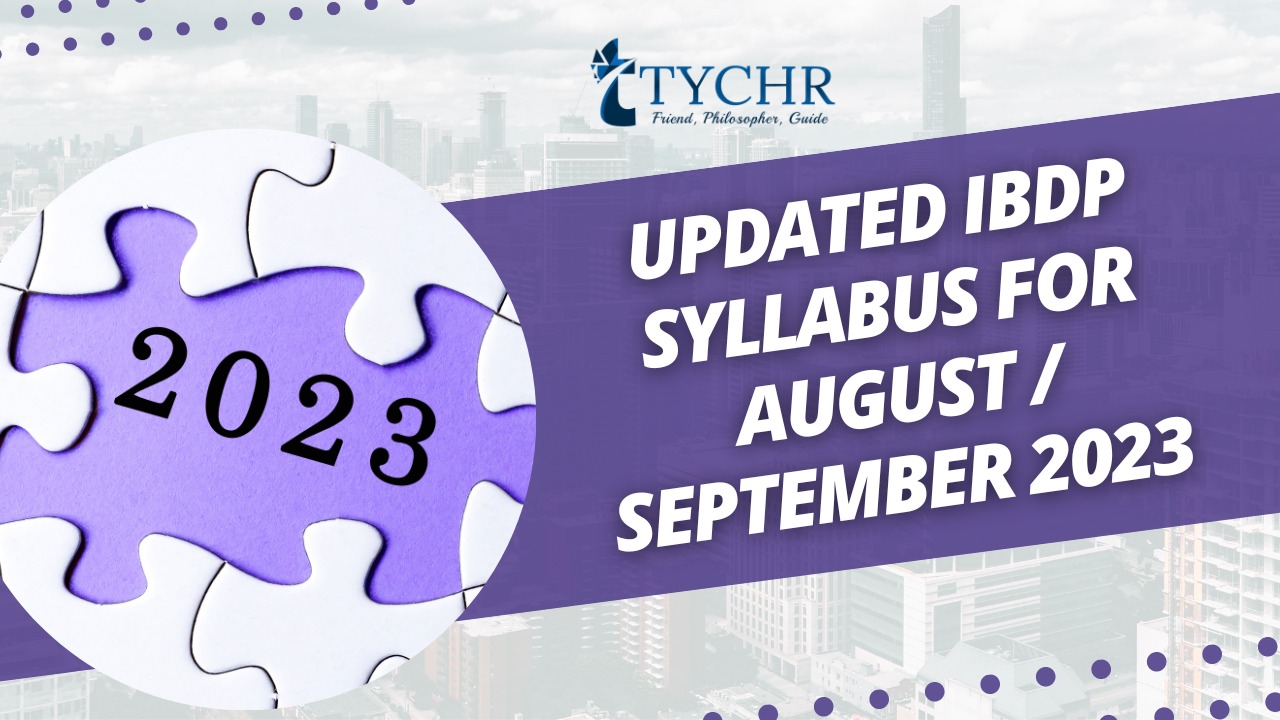Table of Contents [hide]
The International Baccalaureate (IB) Diploma Programme (DP) is a rigorous and challenging educational curriculum that prepares students for success in university and beyond. The IB DP is recognized and respected by universities around the world, and it offers students a well-rounded education that emphasizes critical thinking, inquiry, and community service. The IB is constantly evolving and updating its syllabus to ensure that it remains relevant and prepares students for the challenges of the future. In this blog post, we will discuss the recent updates to the IBDP syllabus and why it is important for students, parents, and educators to be aware of them.
The IBDP syllabus updates are significant as they reflect the changing needs of the global education landscape. The updates ensure that the IBDP curriculum continues to be relevant and prepares students for the challenges of the future, such as technological advancements, globalization, and changing economic and social systems. As such, it is crucial for students, parents, and educators to be aware of these updates and how they may impact the educational experience of IB students. In this blog post, we will discuss some of the key updates that will happen to the updated IBDP syllabus for IB students.
Here’s what is expected for Physics in Aug/Sept 2023:
| Component | Before | Updated |
| Syllabus | SL:
HL:
Option A: Relativity Option B: Engineering Option C: Imaging Option D: Astrophysics Practical work:
|
Space, time and motion
A.1 Kinematics A.2 Forces and Momentum A3. Work, Energy and Power A.4 Rigid Body Mechanics (only HL) A.5 Galilean and Special Relativity (only HL) The particulate nature of matter B.1 Thermal Energy Transfers B.2 Greenhouse effect B.3 Gas Laws B.4 Thermodynamics (only HL) B.5 Current and circuits Wave behavior C.1 Simple Harmonic Motion (Additional HL topics) C.2 Wave Model C.3 Wave Phenomena (Additional HL topics) C.4 Standing waves and resonance C.5 Doppler effect (Additional HL topics) Fields D.1 Gravitational fields (Additional HL topics) D.2 Electric and magnetic fields (Additional HL topics) D.3 Motion in electromagnetic fields D.4 Induction (only HL) Nuclear and Quantum Physics E.1 Structure of the atom (Additional HL topics) E.2 Quantum Physics (only HL) E.3 Radioactive decay (Additional HL topics) E.4 Fission E.5 Fusion and Stars Experimental programme:
|
| Assessment Paper | Paper 1:
Paper 2:
Paper 3:
Practical work: Weightage – 20%
|
Paper 1: Weightage – 36%
Paper 2: Weightage – 44%
Practical work: Weightage – 20%
|
Here’s what is expected for Chemistry in Aug/Sept 2023:
Component |
Before |
Updated |
| Syllabus |
HL:
Option A: Materials Option B: Biochemistry Option C: Energy Option D: Medicinal chemistry Practical work:
|
Structure 1: Models of the particulate nature of matter
1.1 introduction to the particulate nature of matter 1.2 The nuclear atom 1.3 Electronic configurations 1.4 Counting particles by mass: The mole 1.5 Ideal gases Structure 2: Models of bonding and structure 2.1 The iconic model 2.2 The covalent model 2.3 The metallic model 2.4 From models to materials Structure 3: Classification of matter 3.1 The periodic table: Classification of elements 3.2 Functional groups: Classification of organic compounds Reactivity 1: What drives chemical reactions? 1.1 Measuring enthalpy change 1.2 Energy cycles in reactions 1.3 Energy from fuels 1.4 Entropy and spontaneity (Additional HL topics) Reactivity 2: How much, how fast and how far? 2.1 How much? The amount of chemical change 2.2 How fast? The rate of chemical change 2.3 How far? The extent of chemical change Reactivity 3: What art the mechanism of chemical change? 3.1 Proton transfer reactions 3.2 Electron transfer reactions 3.3 Electron sharing reactions 3.4 Electron-pair sharing reactions Experimental programme:
|
| Assessment Paper | Paper 1:
Paper 2:
Paper 3:
Practical work: Weightage – 20%
|
Paper 1: Weightage – 36%
Paper 2: Weightage – 44%
Practical work: Weightage – 20%
|

Here’s what is expected for Biology in Aug/Sept 2023:
| Component | Before | Updated |
| Syllabus | SL:
HL:
Option A: Neurobiology and behavior Option B: Biotechnology and bioinformatics Option C: Ecology and conservation Option D: Human physiology Practical work:
|
Theme 1: Unity and diversity
Theme 2: Form and function
Theme 3: Interaction and interdependence
Theme 4: Continuity and change
Experimental programme:
|
| Assessment Paper | Paper 1:
Paper 2:
Paper 3:
Practical work: Weightage – 20%
|
Paper 1: Weightage – 36%
Paper 2: Weightage – 44%
Practical work: Weightage – 20%
|
In conclusion, staying updated with the IBDP syllabus in 2023 for Group 4 subjects, particularly the sciences, is crucial for students to excel in their academic pursuits. As discussed in the blog, the new syllabus aims to equip students with the necessary skills and knowledge to meet the challenges of the future. The blog highlights some of the changes in the syllabus, including the increased focus on interdisciplinary learning, the integration of technology in scientific research, and the emphasis on sustainability. Students must familiarize themselves with these changes and prepare accordingly.
To prepare for the changes in the syllabus, students can start by reviewing the updated curriculum and identifying areas that require more attention. They can also seek guidance from their teachers or engage in discussions with their peers to deepen their understanding of the new topics. In addition, students can supplement their learning by exploring resources beyond the classroom, such as academic journals, online forums, and educational websites. These resources can help students stay up-to-date with the latest developments in their fields and develop a deeper understanding of the topics covered in the syllabus.
Overall, staying updated with the IBDP syllabus in 2023 for Group 4 subjects requires dedication and effort, but it is essential for students to succeed in their academic pursuits and prepare for their future careers. By embracing the changes in the syllabus and taking an active approach to learning, students can excel in their studies and develop the skills and knowledge they need to thrive in the 21st century.







